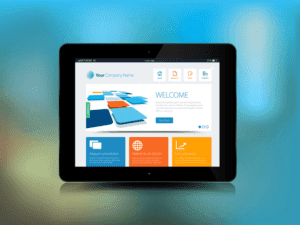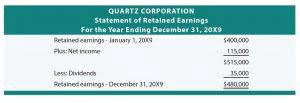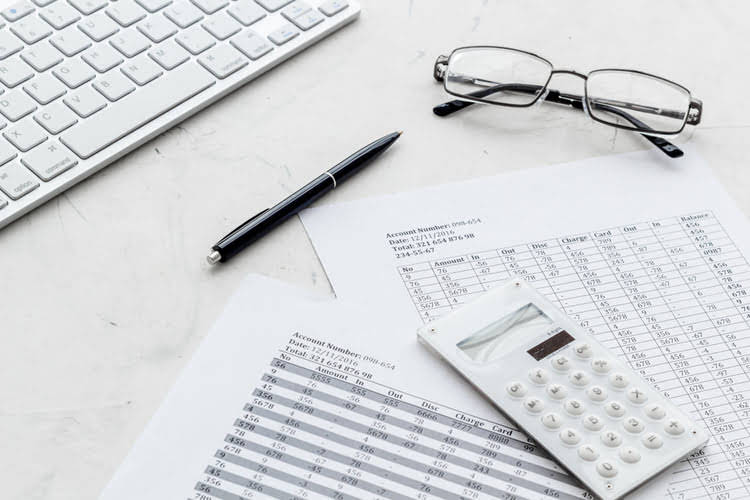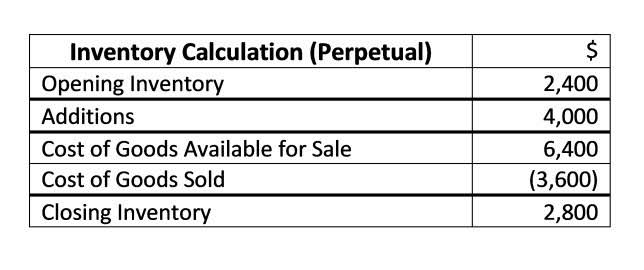Je winkelwagen is momenteel leeg!
Nordstrom and Macys abandoned the retail inventory method after using it for decades Heres why.

In other words, retail accounting is a way of tracking inventory costs that is especially simplified compared to the other available methods. One of the key challenges of running retail accounting a retail business is tracking inventory, especially if you buy multiple inventory units that don’t all cost the same amount. If this is the case, you need to figure out a way to assume the cost of goods sold so that you can compare this to your ending inventory and calculate your profit. Note that this method does not track the physical movement of goods sold but rather assigns cost to the inventory, so you can determine your profit later. There are some advantages and disadvantages to using the retail method of accounting for inventory.
Inventory: The Retail Approach

This brings us back to inventory valuation methods, including retail accounting. Inventory is actually considered an asset — something your business owns, which is recorded on your business’s balance sheet — until you sell it or account for it as shrinkage from theft or damage. At that point, the expense for the purchase of the inventory is recorded as cost of sales (COS) or cost of goods sold(COGS) on your profit and loss statement.
Accounting for Retail Business: An Ultimate Guide
- Lightspeed Accounting works with leading accounting software like QuickBooks, Sage and more, so you can use the systems that work for you.
- It is another crucial accounting method for retail businesses of all sizes, distinct from FIFO primarily in its approach.
- Implementing ABC enhances operational efficiency and aligns costs with business objectives.
- However, there are some drawbacks retail businesses need to keep in mind.
- You also make the assumption that all units of the same item will have the exact pricing, price changes, and price change rates.
- Apart from the retail method, there are three primary cost accounting methods to value inventory – first in first out, last in first out and weighted average cost.
- By consistently calculating and monitoring your COGS, you gain valuable insights into your business’s efficiency and profitability.
The first step for small businesses is trial balance to determine the cost-to-retail percentage. Equations to complete any retail inventory method are also fairly simple, allowing any store in the retail sector to start the process without a hitch. Retail accounting provides a way to obtain an exact number of current inventory without requiring a manual count of all the items the business possesses.
Other Accounting And Bookkeeping Services we Serve
Cost accounting is useful for making internal business decisions that improve a company’s production process, especially for larger businesses with more expenses. As we discussed earlier, the retail method of accounting shouldn’t be viewed as its own discipline. However, it’s handy to compare it to commonly used forms of accounting. These tend to be used in conjunction with one another because they each provide a different approach to categorizing financial information.

The caveat is, once you choose a method you have to stick with it, unless you get permission from the IRS to change your costing method. This rule is in place to keep business owners from “gaming https://www.bookstime.com/ the system” by frequently switching costing methods to get the best tax advantages. Each type of fiber costs a different amount, and certain knitting needles are more expensive than others. However, you have chosen to use a keystone markup strategy, so you know you have a 50% markup on all items, regardless of what they are. LIFO inventory costing is essentially the reverse of FIFO inventory costing.

door
Tags:
Geef een reactie